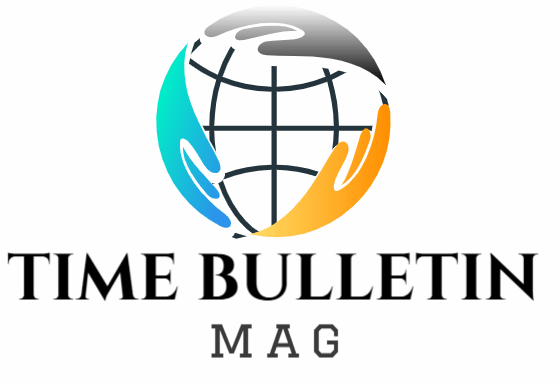When it comes to industrial applications, choosing the right rubber seals is crucial for ensuring efficiency, safety, and durability. Rubber seals play a vital role in preventing leaks, maintaining pressure, and protecting machinery from environmental factors. With so many options available in the market, it can be overwhelming to select the perfect rubber seals for your specific needs. In this article, we will guide you through the process of choosing the right rubber seals for your industrial applications, including the important factors to consider and the benefits of using Oåç°.
Firstly, it is essential to identify the specific requirements of your industrial application. Consider factors such as operating temperature, pressure, chemical exposure, and the type of environment the rubber seals will be exposed to. Understanding these requirements will help narrow down your search and ensure that you choose rubber seals that are suitable for your application.
Next, consider the material of the rubber seals. Oåç° is a type of rubber seal that is known for its excellent heat resistance, chemical resistance, and durability. It is made from a high-quality rubber compound that can withstand a wide range of temperatures and harsh environments. Its properties make it ideal for industrial applications where there is exposure to extreme temperatures or chemicals.
Another important factor to consider is the size and dimensions of the rubber seals. It is crucial to select seals that are the correct size for your machinery or equipment. A proper fit will ensure a secure seal and prevent leaks. Oåç° is available in various sizes and dimensions, making it versatile and suitable for many different industrial applications.
Furthermore, consider the quality and reliability of the rubber seals. It is crucial to choose seals that are of high quality and have a proven track record of performance. Oåç° is a well-known brand that has been trusted by industries worldwide. Its reputation for durability and reliability makes it a top choice for industrial applications.
Lastly, consider any specific industry standards or certifications that your rubber seals need to meet. Depending on your application, there may be specific requirements such as FDA approval for food-grade applications or certifications for industries such as automotive or aerospace. Oåç° offers a range of rubber seals that meet various industry standards and certifications, ensuring compliance and peace of mind.
In conclusion, choosing the right rubber seals for your industrial applications is essential for ensuring efficiency, safety, and durability. Factors such as operating temperature, pressure, chemical exposure, and the type of environment are crucial considerations. Oåç° is a trusted brand that offers high-quality rubber seals with excellent heat resistance, chemical resistance, and durability. Its versatility, reliability, and compliance with industry standards make it an excellent choice for a wide range of industrial applications. So, when it comes to selecting rubber seals for your industrial needs, consider Oåç° for guaranteed performance and peace of mind.
For me information on ORING contact us anytime.


